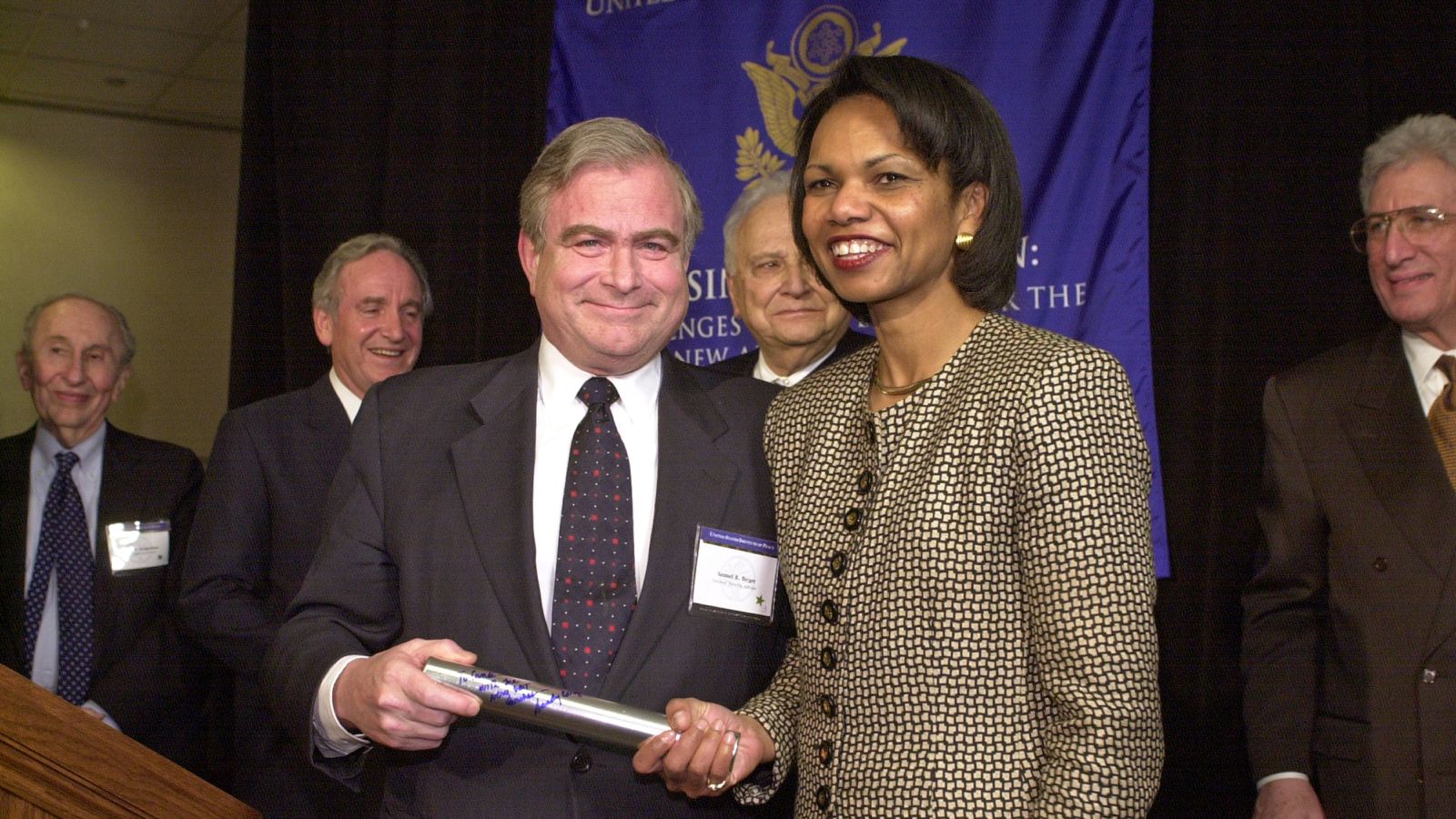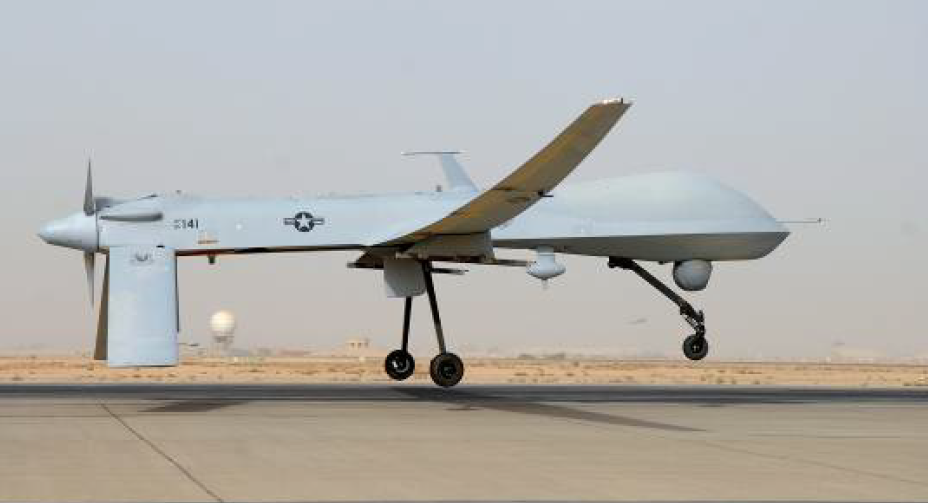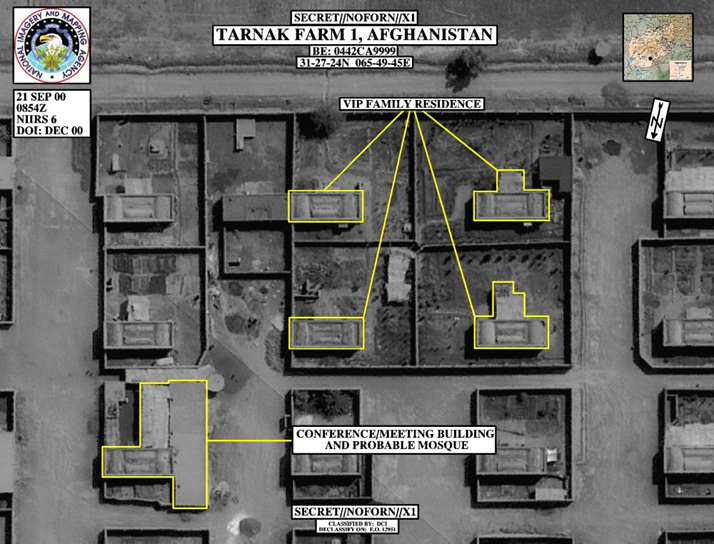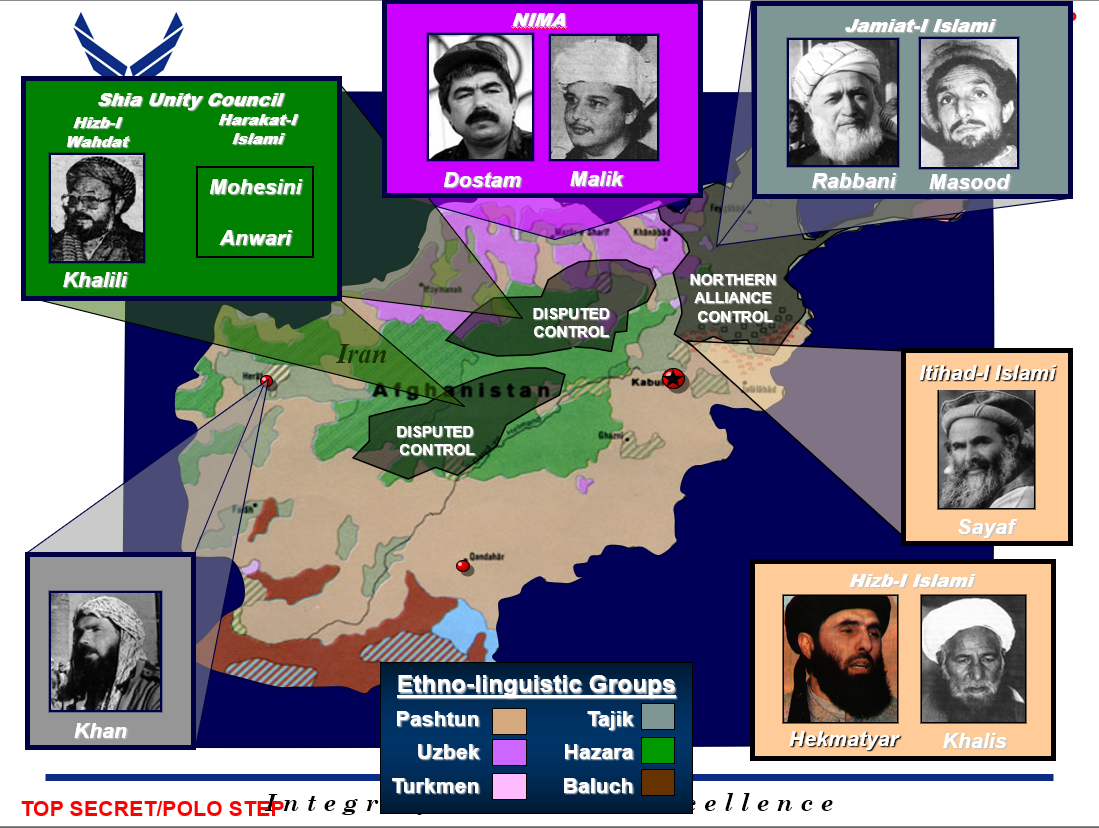The United States posts a $5 million reward for information leading to the capture of Osama bin Laden in light of his indictment (see November 4).
Diplomatic inquiries are made of the Taliban government in Afghanistan to turn him over. They respond by offering to try bin Laden themselves. After a secret court hearing, and with no U.S. representative present, they find him “innocent” of wrongdoing.
Much has been written about the reasons for Taliban support of bin Laden—that he was bankrolling the regime, or that al Qaeda was helping to fight the normal tribes and alliances resisting Taliban rule and still holding parts of the country. But he didn’t have that much money left after leaving Sudan (and losing much) and al Qaeda wasn’t really engaged in combat. Instead it was a genuine ideological affinity, especially given international condemnation of the Taliban. And Saudi insistence. Perhaps. It was one of only three countries recognizing and supporting the Taliban.



